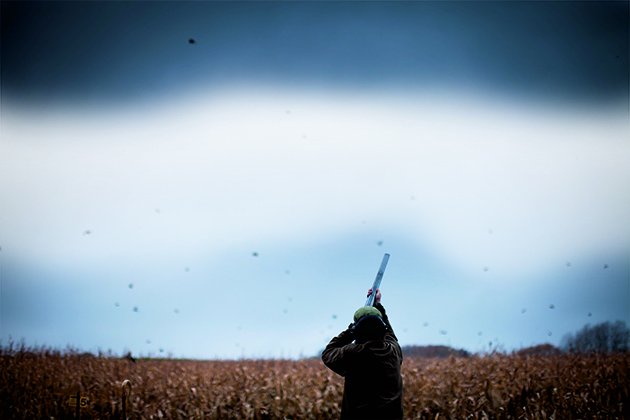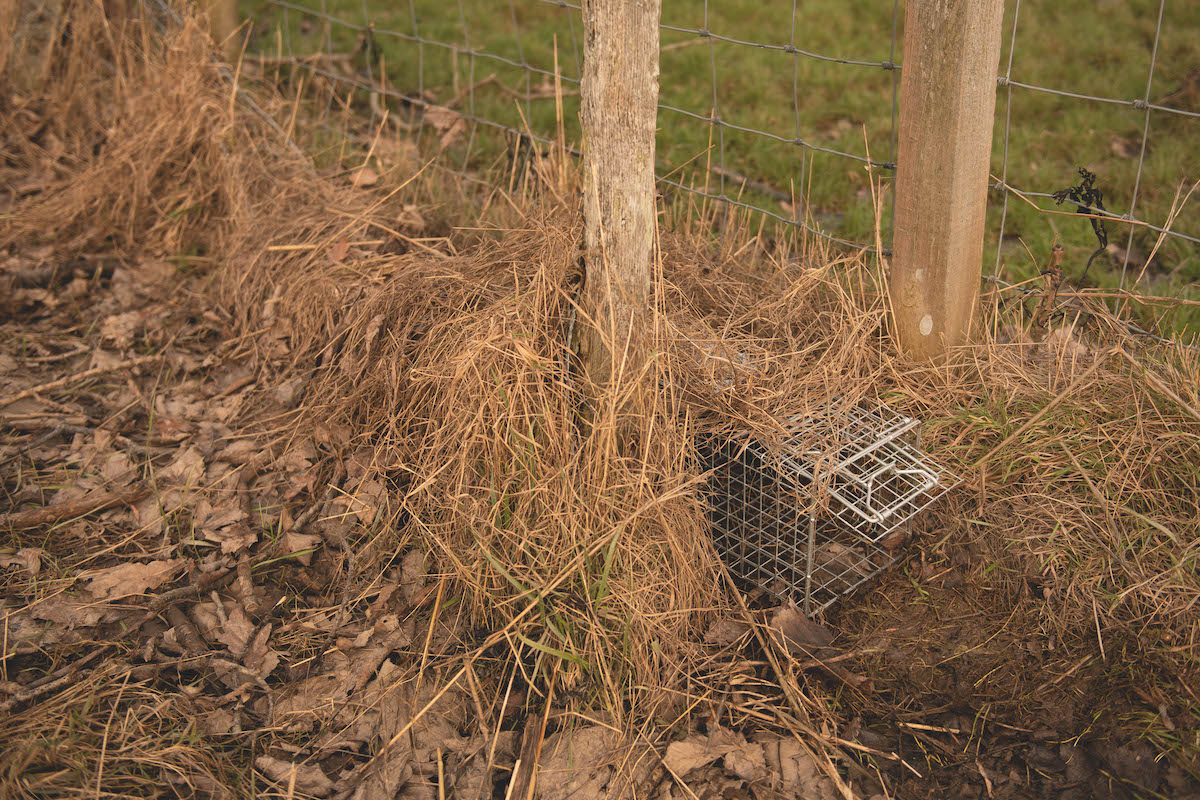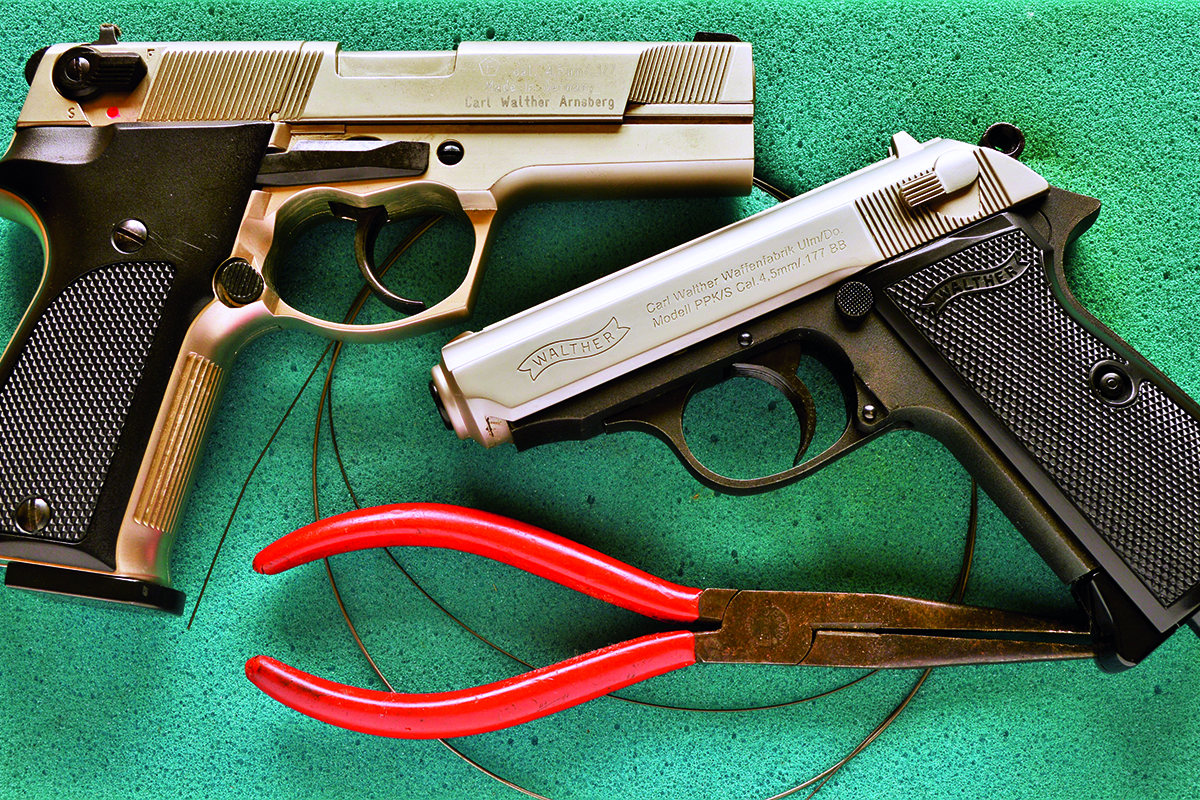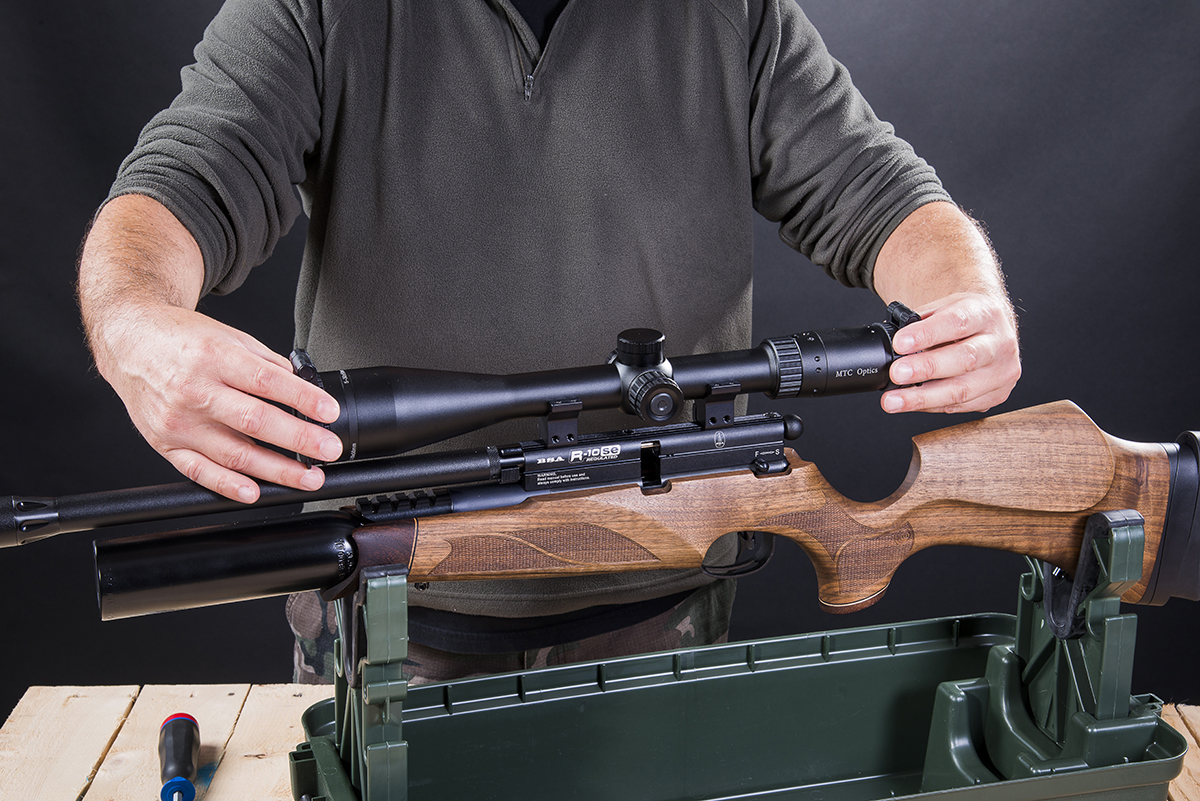Am I rushing my second shot?
Adam Calvert offers some tips

Getting your timing right
Q: I have started to struggle with hitting two birds on the trot with a slight gap between them. I often kill the first bird and miss the second, is there anything I can do that will help?
A: You are clearly doing something right as you say you are often killing the first bird; we need to make sure you are replicating this performance on the second shot.
The first thing I would probably look at is your timing; is the second shot being rushed due to you feeling under pressure? I often see people make a fantastic first shot where everything is cool, calm and collected, then throw all their timing out of the window on the second shot, which is either too early or way too late.
Timing is difficult
Trying to get the timing right of when to kill a bird is particularly difficult; combine this with a shot that has just been made and it will be necessary to quickly evaluate if there is or isn’t time to shoot a second bird. The trick here is to return immediately to a ready position after you have killed the first bird, almost as though you are expecting to shoot another bird almost straight away. Many people kill a bird and almost bask in the glory, then realise that if they look sharp they could do it again.
This is something which is easily practised on a shooting ground and should form part of your pre-season warm-up with your instructor. One of the ways I try to get my clients to be prepared for this is that I never allow the client to call “pull” during lessons. That way they know once they close the gun the bird could come at any time. This almost forces the client to close the gun and come straight to a ready position in case something comes straight away. This then quickly becomes second nature.
More importantly, I will often send another clay straight after they have shot the first one, forcing them to make the first shot then, as a matter of muscle memory, return to a ready position.
In many situations, both in and out of the field, they will return to this ready position and find there is nothing coming. At this point they can reload or change their guns in preparation for the next bird or if something is coming they can engage it from the correct position. I will often carry out this exercise many times, almost simulating a drive. This will allow the client to build muscle memory. I will also rush the client on occasions in order to teach them when they have run out of time and possibly let the bird go or when they simply need to adjust their timing slightly to make the shot. I will often push this exercise adding in changes in target angle and height, plus sometimes multiple targets to confuse the client so they have to seek out the best target before they can shoot it.
The one thing and probably the most important thing that the client must gain from this exercise is that there is always more time than they think there is. As silly as it sounds, I also get my client to focus on controlling their breathing while shooting. In big flushes of birds I have seen numerous Guns hold their breath while they mount the gun and shoot.
If you do this for every shot and the shots happen in quick succession, then the client will quickly become out of breath and then his or her shooting will suffer as a result.
The last thing I would like to mention is confidence, this often plays a big part in many second bird misses. When we are shooting the first bird we have the comfort that if we miss the bird we always have the second barrel to use.
As a result we finish the shot with hesitation. If we haven’t got that second barrel security, many of us hesitate and check the shot trying to make sure, which usually results in a miss. As usual, of course, there is no substitute for practice, this why the Calvert Sporting motto has become “train hard, shoot easy”.








